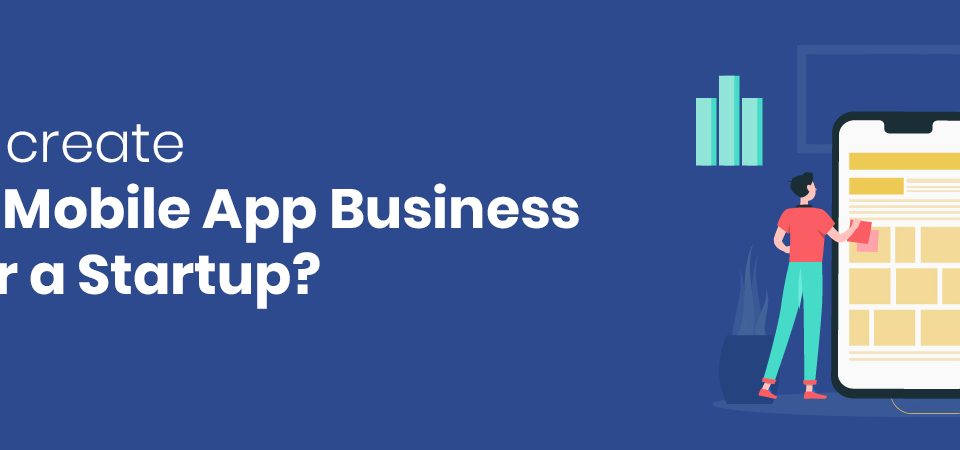
1 3
Imagine waiting in a queue at the checkout, being crucially late for a meeting. How much time can be spent while the cashier asks every customer if they have a credit card and while you wait for them to identify the right plastics in their wallets? This is quickly turning into a nightmare which has been part of our lives for a long time. However, it seems to be turning into fiction with the growth of eWallets.
An Expert’s Guide on Mobile Wallet Application Development
Introducing Digital Wallets to Save Time
Growing Rapidly for Customers and Retailers
The Benefits of EWallet
Major Benefits for Retailers
Privacy Is Not That Important
The Drawbacks
Introducing Digital Wallets to Save Time
A mobile wallet, or eWallet, is basically a mechanism to facilitate payment and streamline the whole loyalty transaction process. EWallet application development is based on the latest use of NFC (near field communication) to easily process a payment transaction. NFC uses radio waves to exchange information, but it is restricted to a very small distance. Many brands are engaged in eWallet app development. Some digital wallets created by an iOS or Android app development company are free and require just downloading, while others are paid and provide extra benefits in addition to storing credit and debit card details.
Customers’ preferences for specific eWallets often originate from the type of devices they use. For a person using an iPhone, the choice is fairly obvious which is Apple Wallet or Apple Pay. There are numerous Android options, the most popular used of which is Android Pay from Google, which has similar functionality to Apple Pay. The frequent users of PayPal accounts can use the PayPal wallet, which runs equally good on iOS, Android, and Windows Phone.
Growing Rapidly for Customers and Retailers
Though mobile wallet application development provides abundant opportunities for both customers and retailers, their acceptance didn’t take off in the beginning. The major tide turned in 2017 when point-of-sale (POS) mobile transactions can cross 720 million proximity mobile payment users worldwide. According to a few statistics, it forecasts that the growth of mobile payments will reach 1 billion users in the next two years.
Another study by the leading marketers shows that smartphone users are becoming increasingly more engaged in scanning QR codes and using NFC technology to finish online transactions. Every year the usage of proximity mobile payment apps created by android app development companies instantly grows by 14% and is predicted to reach 850 million individuals, or 36% of smartphone users in 2019.
The Benefits of EWallet
There are over six major motivators for customers to start using digital wallets.
1. No Bulky Wallet
A digital wallet is a convenient mechanism for aggregating credit and funds available across banks into one space. The traditional wallet, stuffed with cards and paper receipts, will gradually die out (although not right now).
2. Wearable Wallet
Smartwatches can also have the eWallet downloaded to them. Customers don’t even need to have the phone with them.
3. Loyalty Program
With some mobile wallets allowing customers to load up to 1,500 loyalty programs, they can manage all memberships, rewards, discounts, and vouchers in one convenient electronic space.
4. Faster User Engagement
Contact details are stored in the eWallet, so there is no need to go through a long process of filling in or updating personal data. This makes applying for a new loyalty program much sleeker. Customers don’t have to keep (or lose) loyalty cards and remembers account details to participate in a loyalty program, which is convenient. Faster user engagement is the norm among every iOS and Android app development company.
5. Quick Transaction
There is no need to swipe two cards at the counter, or for the cashier to ask for a loyalty card. All that happens is that the phone (or watch) is tapped against the device — and the transaction occurs. This is good for both customers and the retailer.
6. Special offers
While in-store beacons can push special offers and discounts to customers’ phones, an eWallet can store them against the relevant loyalty program.
Major Benefits for Retailers
The two examples above show several merchants underuse a really powerful source for increasing sales. There are three key benefits of eWallets for retailers.
- By using an eWallet, the customers don’t have to remember to take a card with them every time. They can just pop into a shop, decide to purchase, and still get the loyalty perks. Logically, eWallets prolong the period of participation in a loyalty program.
- Marketers can use push notifications and reminders via eWallets to let customers know about sales, discounts, and time-sensitive offerings.
- Brands can go beyond segmentation and understand customers’ preferences at a personal level. EWallets let merchants access more delicate and valuable data and find the answers to the following questions:
Privacy Is Not That Important
The main drawback in adopting all these electronic conveniences is data privacy. But, the desire for personalized services plays into the hands of merchants and stimulates customers to become less cautious regarding their data. According to many iOS and Android app development companies 85% of users would save personalized mobile wallet content in 2018 compared to 66% in 2017.
Most shoppers (78%) are ever ready to sacrifice some type of information in exchange for access to customized products or incentives. The customers are most willing to give anonymous information, with responses to a survey being most common (50%), this data can be really helpful to tailor more competitive offerings.
So, what are the major takeaways? Personalization is empowering people to disclose their personal data, and the growing trend will remain along with the rise of the younger generation. This is the major area every iOS or Android app development company is targeting
The Drawbacks
The growth of digital wallets would be even faster if there were no roadblocks both psychological and technological. Vibes surveyed customers to find out the most common eWallet concerns.
1. Security
The biggest threat is security (55%) as customers are afraid of losing their smartphones and wearable or having them stolen with all the sensitive information. This concern among most of the iOS or Android app development companies is not actually objective. All that it takes to keep private data safe is to ensure that both the phone and the app are pin-protected and that they can be disabled remotely. Such simple measures won’t let stranger’s access customers’ funds. Besides, many eWallets have robust security features that offer better protection than physical plastic cards.
2. Limited Accessibility
The second stumbling block which worries 19% of respondents is the lack of mobile-ready POS terminals. Though most smartphone models support the NFC technology needed for eWallets, many in-store POS terminals still can’t accept mobile payments. This means that eWallet users have to carry a backup system of cash and a card for cases where the store is not NFC-ready. The one wallet that is not restricted by this is Samsung Pay, which uses MST technology, as well as NFC to complete a transaction. This technology mimics a magnetic stripe swipe. It does not work for POS devices that request card insertion, however.
EWallets will become mainstream in the next five years. If you wish to create a mobile application or payment gateways, turn to ITSolution24x7, a leading IOS and android app development company.



